The WPJ
THE WORLD PROPERTY JOURNALReal Estate Facts Not Fiction
Featured Columnists

The Sonoma County Wine Road
» Featured Columnists | By Steve Winston | October 23, 2012 11:00 AM ET
They call it, simply, "The Wine Road."
Â
It winds through the hills and valleys of Sonoma County, some fifty miles north of San Francisco. And, in it, you'll find 150 wineries, 50 places to stay, and some of the prettiest towns in America.
Â
Along the way are some of California's oldest wineries, run by family vintners whose forebears first came here several generations ago. Along the way, as well, are well-known wineries such as Clos du Bois, Kendall-Jackson, Korbel Champagne Cellars, Francis Coppola, Gallo Family vineyards, Mounts Family Winery, Simi Winery, Rodney Strong Vineyards, and Buena Vista Winery. And the "Road" is dotted with historic old houses and hotels, quaint B&B's, historic landmarks such as Fort Ross, and colorful old roadhouses, barns, and post offices; in fact, there are 64 sites here on the National Register of Historic Places.
Â
The Wine Road is not an actual road; it's an association of wineries and lodgings in the Alexander, Dry Creek, and Russian River valleys of northern Sonoma County.
Â
The Russian River is named for the Russian fur trappers who established a trading colony here in the early-1800's. They were followed by French and Italian emigrants, who brought their wine-making expertise and traditions with them. The early Italian influence is symbolized by wineries such as the Simi Winery, founded by brothers Giusseppe and Pietro Simi in the town of Healdsburg in 1876.
Â
Accordingly, Italian villas and French chateaux are interspersed among small "garagiste" wineries (which began producing wines in their owners' garages!).
Â
The Russian River Valley encompasses a variety of micro-climates, and is known mostly for its Pinot Noir and Chardonnay. Here, 130 wineries grow 30 varietals.
Â
The Alexander Valley, named for an early explorer, has 49 wineries growing 23 varietals, and is known for its Cabernet and Merlot. Only a few decades ago, prunes and walnuts were the crops of choice here, and cattle were the most numerous inhabitants.
Â
The Dry Creek Valley known for its Zinfandel and Sauvignon Blanc, has 81 vineyards, producing 26 grape varietals in a micro-climate that starts off in the morning with damp fog and then warms up in the afternoons. At first glance, the rocky soil doesn't seem ideal for wines. In actuality, though, this soil sprouts grapes with an intense, attractive taste.
Â
(If you're thinking that these figures add up to more than the 150 wineries noted earlier, you're right! Not every winery is a member of the association called the Wine Road.)
Â
Towns along the Wine Road are beautiful throwbacks to a simpler time. The town of Sonoma, for example, is lined with Victorian streetlamps and beautifully-restored shops, galleries and cafes, centered around an historic town square that's a reminder of the town's Mexican Colonial past. The town stages good music festivals, and farm-to-table restaurants are prominent here.
Â
Surrounded by magnificent redwood forests, the old town of Healdsburg has eclectic eateries and more art galleries than any California town north of San Francisco - 22. The farmer's market attracts pretty much everyone in town. And the surrounding countryside is filled with hiking, biking, and rafting opportunities.
Â
The biggest town in Sonoma County- and the county seat - is Santa Rosa (pop. 167,000), with its Railroad Square, a restored "Old Town" district with funky restaurants, small old hotels, wine shops, antique shops, and galleries.
Â
Then there are places like Bodega Bay, where the headland grasses wave with the breezes and the sea spray hits your face and the rocky promontories jut out over the Pacific.
Â
The Wine Road is just waiting to be explored. So put the top down and go!
Sign Up Free | The WPJ Weekly Newsletter
Relevant real estate news.
Actionable market intelligence.
Right to your inbox every week.
Real Estate Listings Showcase

$1,475,000
Townhome For Sale
Phoenix, Arizona
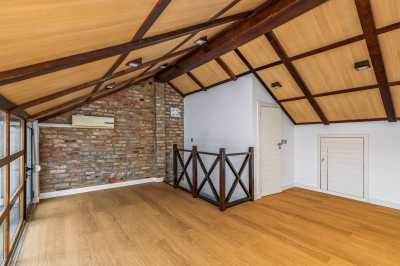
€800,000
Apartment For Sale
Lisboa, Portugal
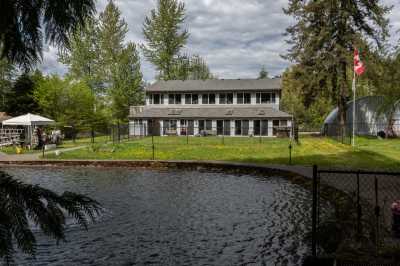
5,300,000 CAD
Home For Sale
Mission, Canada
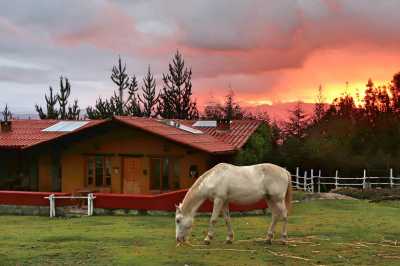
$1,350,000
Mixed Use For Sale
Huaraz, Peru

$350
Home For Rent
Lake Arrowhead, California

$1,575,000
Condo For Sale
Winter Park, Florida
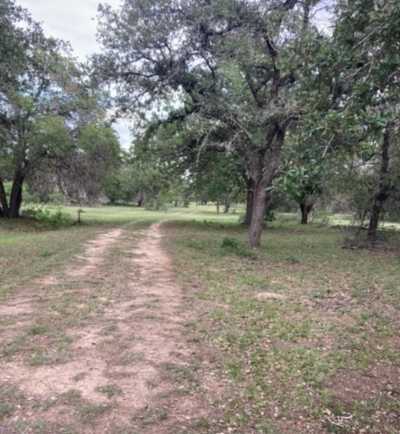
$2,500,000
Mixed-Use Land For Sale
Von Ormy, Texas
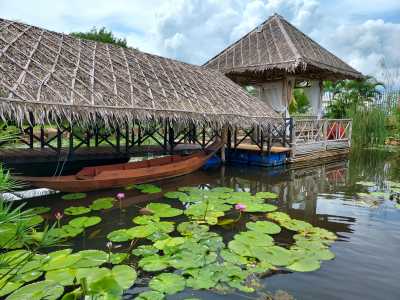
49,000,000 THB
Villa For Sale
Hua Hin, Thailand
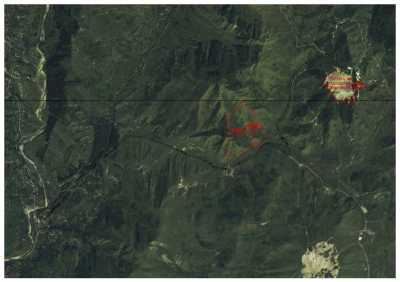
€1,600,000
Residential Land For Sale
Scortoasa, Romania
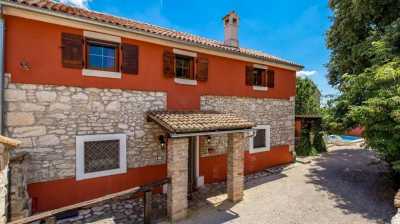
€240,000
Home For Sale
Central Istria, Croatia
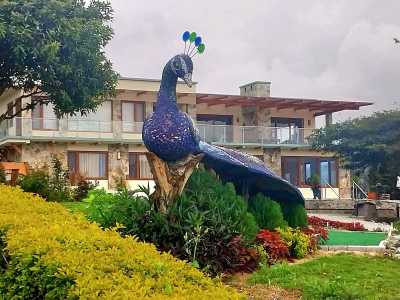
$795,000
Home For Sale
Cuenca, Ecuador
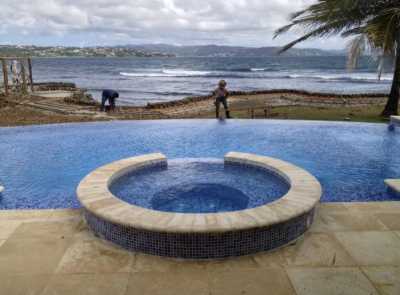
$1,400,000
Vacation Villas For Sale
Lowlands, Trinidad and Tobago





